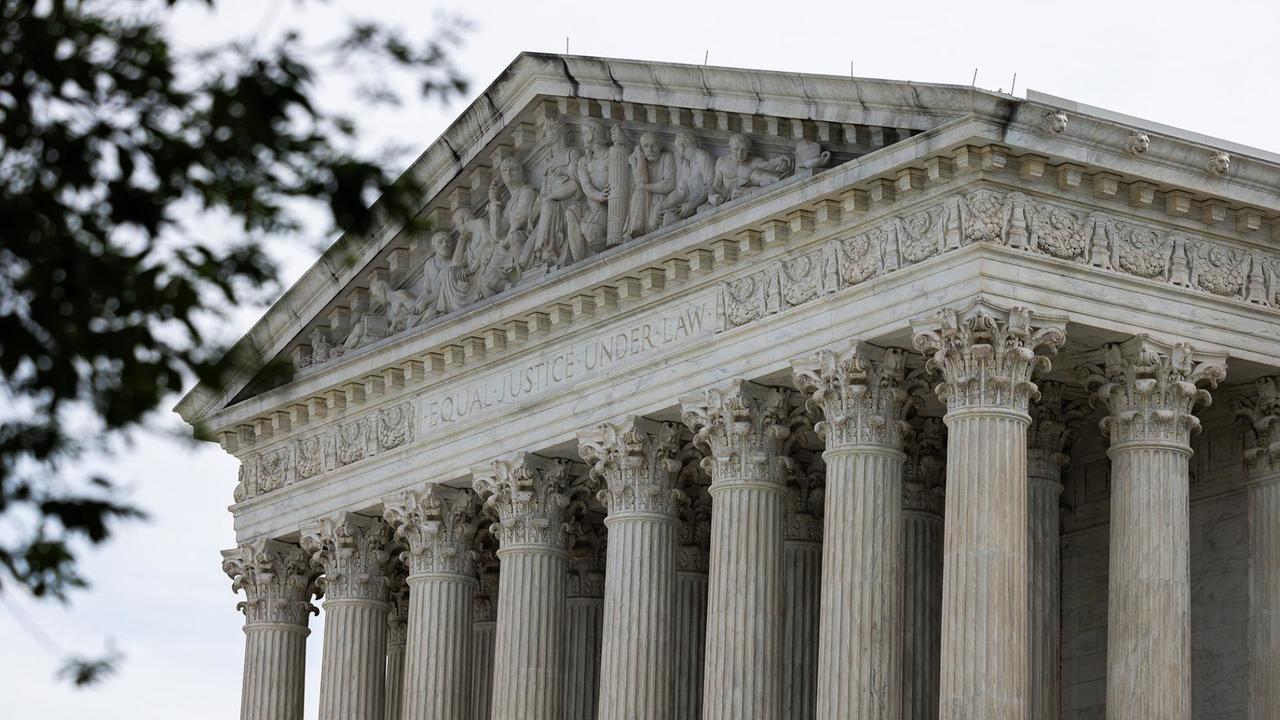The recent Supreme Court decision overturning the Chevron doctrine marks a significant shift in how federal agencies’ interpretations of laws will be treated by courts.
Previously, under Chevron U.S.A. v. Natural Resources Defense Council (1984), courts generally deferred to agency interpretations of statutes as long as they were deemed reasonable. This deference was seen as necessary because agencies possess expertise and experience in implementing complex laws passed by Congress.
However, the new ruling, exemplified by cases like Loper Bright Enterprises v. Raimondo and Relentless, Inc. v. Dept of Commerce, now allows federal judges more latitude to independently interpret statutes, undermining the previous deferential approach to agency expertise.
This change is expected to impact various sectors, including food safety regulation, where agencies like the USDA’s Food Safety and Inspection Service (FSIS) have historically made significant policy decisions based on their interpretations of statutory authority.

For instance, the FSIS’s decision in response to the 1994 Jack in the Box E.coli outbreak to begin testing raw ground beef for pathogens like E.coli O157:H7 was pivotal. Under Chevron, courts deferred to FSIS’s interpretation that such pathogens constituted an “adulterant” under the law, allowing for stringent regulatory measures that significantly reduced illnesses associated with contaminated beef without causing major disruptions to the industry.
The recent Supreme Court decision, however, diminishes this deference. It empowers federal judges to scrutinize agency interpretations more critically, potentially leading to more legal challenges and uncertainty for agencies like FSIS.
This shift is concerning to food safety advocates who fear it could hamper regulatory efforts and lead to a more risk-averse administrative approach, where agencies hesitate to act without clear judicial approval.
Critics of the Chevron doctrine argue that overturning it will force Congress to clarify statutes more precisely, potentially enhancing legislative oversight over regulatory matters.
However, historical evidence from state legislatures suggests that reduced judicial deference does not necessarily correlate with increased legislative activity; instead, it may shift power towards the judiciary, impacting democratic accountability.
Despite these concerns, there are potential benefits. Challenges to agency actions under Chevron have sometimes blocked regulatory reforms that could enhance public safety, such as FDA rules on food additives. The new legal landscape may spur agencies to more rigorously justify their regulatory decisions, potentially strengthening public trust in their actions.
Nevertheless, the decision to overturn Chevron is seen by many as a win for corporate interests that often oppose regulatory oversight. It could embolden industry challenges to regulations they perceive as burdensome, potentially undermining public health protections in favor of narrower corporate interests.
In conclusion, while the Supreme Court’s decision to overturn Chevron represents a significant legal shift with potential implications for regulatory practices across various sectors, including food safety, its full impact on administrative decision-making and public health outcomes remains to be seen.
It underscores ongoing debates about the balance of powers between branches of government and the role of judicial oversight in regulatory affairs.
